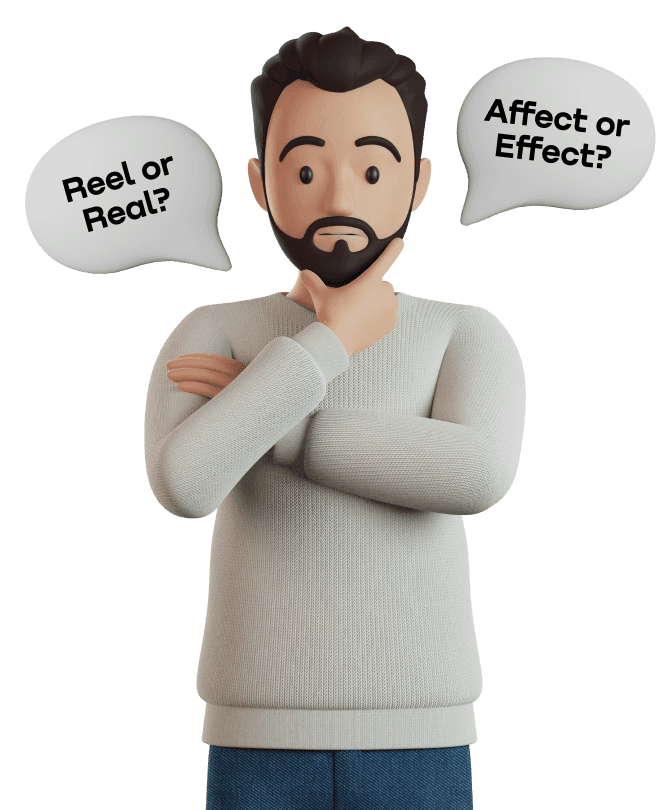Compare to vs Compare with
What’s the difference between them?

Compare to
Meaning:
Compare to means to examine the similarities and differences between two or more things.
Examples:
1. I compared my GPA to my friend's and was relieved to find that mine was higher.
2. Compared to the other applicants, he had the most impressive resume.
3. When comparing our results to last year, we found a significant increase in sales.
Compare with
Meaning:
Compare with means to examine or look at (two or more things) in order to note similarities and differences.
Examples:
1. Compare with last year's sales figures, this year's have increased significantly.
2. When comparing with other similar products, this one has the best features.
3. We can compare with our competitors to see how we measure up.
Learn similar and opposite words to spot the difference
Synonyms
Antonyms
Compare to
Liken to
Analogize to
There are no direct antonyms for this word.
Compare with
Contrast with
Match up to
There are no direct antonyms for this word.
Tricks for mastery
Useful tips to understand the difference between confusing words "Compare to", "Compare with".

1. Remember that 'compare to' usually involves similarities between two different items, while 'compare with' involves differences.
2. An easy way to remember is by using the phrase 'compare to and compare with': To compares the similarities, with compares the differences.
3. 'Compare to': Remember that 'to' has two letters, and you might use 'compare to' when dealing with two different kinds of things and highlighting similarities.
4. 'Compare with': Remember that 'with' has four letters, and you might use 'compare with' when dealing with two similar things and examining them closely, which might be a bit more complex.
Practice English with the Promova app and avoid misusing confusing words
Frequently asked questions
When to use the word 'compare'?
The word 'compare to' is used to point out the similarities and differences between two objects, ideas, people, or situations. It is typically used when you want to show how two or more things are similar or different. For example, you might compare the prices of two different restaurants, or you might compare the benefits of two different methods for doing something.
When to use the phrase 'compare with'?
The phrase 'compare with' is usually followed by two or more objects or ideas to be compared. It is used to emphasize the comparison between the two or more items.
Do the words 'compare' and 'compare with' have the same pronunciation?
No, the two words do not have the same pronunciation. The phrase 'compare to' is pronounced /kəmˈper tu/, while the phrase 'compare with' is pronounced /kəmˈpɛr wɪð/.
What are common mistakes associated with words 'compare' and 'compare with'?
One common mistake is to use the phrase 'compare to' when actually the phrase 'compare with' is needed. For example, saying 'Let's compare the prices' instead of 'Let's compare the prices with each other.' Another common mistake is to assume the words 'compare' and 'compare with' have the same pronunciation. As mentioned above, the two words are pronounced differently.
Fill in the gaps to check yourself
1. When you ______ apples ______ oranges, youll find many differences in taste and texture.
2. The new model of the car doesn’t ______ well ______ the older one in terms of reliability.
3. In literature, a common technique is to ______ a thing ______ something else to create a metaphor.
4. The scientist decided to ______ the results of the experiment ______ the expected outcomes.
5. Its not fair to ______ a small company ______ a multinational corporation in terms of revenue.
6. Can you ______ your current experience ______ your previous job?
1. Answer: compare, to.
Explanation: The phrase compare to is used when pointing out similarities between dissimilar items, often to create a metaphor or to describe something in a new way. Apples and oranges are quite different, so compare to is appropriate.
2. Answer: compare, with.
Explanation: Compare with is used when analyzing the similarities and differences between similar items. In this case, two models of a car (similar items) are being compared in terms of reliability, so compare with is used.
3. Answer: compare, to.
Explanation: The sentence talks about creating a metaphor, which involves pointing out similarities between dissimilar things. Therefore, compare to is used.
4. Answer: compare, with.
Explanation: Compare with is used when discussing the similarities and differences between similar items. Here, the results of the experiment and the expected outcomes (both sets of data) are being compared, so compare with is used.
5. Answer: compare, to.
Explanation: Although a small company and a multinational corporation are both companies, they are quite different in scale and operation, making them dissimilar in this context. Thus, compare to is used to highlight the notable difference in revenue.
6. Answer: compare, with.
Explanation: In this case, two job experiences (similar items) are being compared, so compare with is used to analyze the similarities and differences between them.
Get a gift by subscribing to our newsletter!
Download the PDF with a list of commonly confused words made as flashcards for comfortable learning.
List of Commonly Confused Words
Finding your way around the English language can be hard, especially since there are so many confusing words and rules. So, a list of the most confusing words in English is an extremely useful tool for improving language accuracy and sharing the ideas clearly.